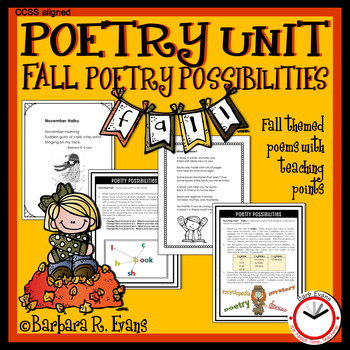After several decades of teaching first grade, I became a Reading Recovery teacher. Best. Training. Ever!!!! And, oh so, humbling. It was through that training I came to realize some of the mistakes I had been making as a teacher of emerging readers. And, now, it's about time I share some of those revelations--
Chief among them is the realization that the traditional, alphabet letter associations are fraught with pitfalls, especially for reluctant readers. The first problem comes with the letter e. Common picture & letter associations are elephant and egg. Neither is representative of the letter sounds, despite the fact that they bear an initial e.
As accomplished readers, we know that there is a short e sound of the beginning of elephant. For emerging readers, however, it sounds for all the world as if the first sound is L.
(Elephant was at the zoo.)
Similarly, egg sounds like it begins with a long a, at least here in the midwest. I am fortunate to have an easy solution for this "e dilemma;" my students learned to associate the letter e with Evans, my last name! That will not likely work for you, however.
So what's a teacher to do? My kiddos have grown quite fond of these alternatives:

In RR, we let the child provide the association, which is most likely to be the long sound of vowels. Of course, if s/he supplies elephant, envelope, egg, elbow, ear, or any of the other "confusing" words, it is just fine. As a classroom teacher, you may want to consider such potential confusions when you select your display posters.
Another consideration when choosing vowel associations, is to avoid r-controlled examples. In my experience, however, this is far less problematic for young learners than the above examples.
With regard to consonants, hard consonants are easier for building associations. Think cow vs. circus; game vs. giraffe. Similarly, consonant blends are less clear than simple, initial consonants. Think grapes vs. gorilla; ship vs. sun; chip vs. cap; three vs. tent. You get the idea.
Time is not measured by clocks, but by moments.
You may be interested in these alphabet posters:
























































